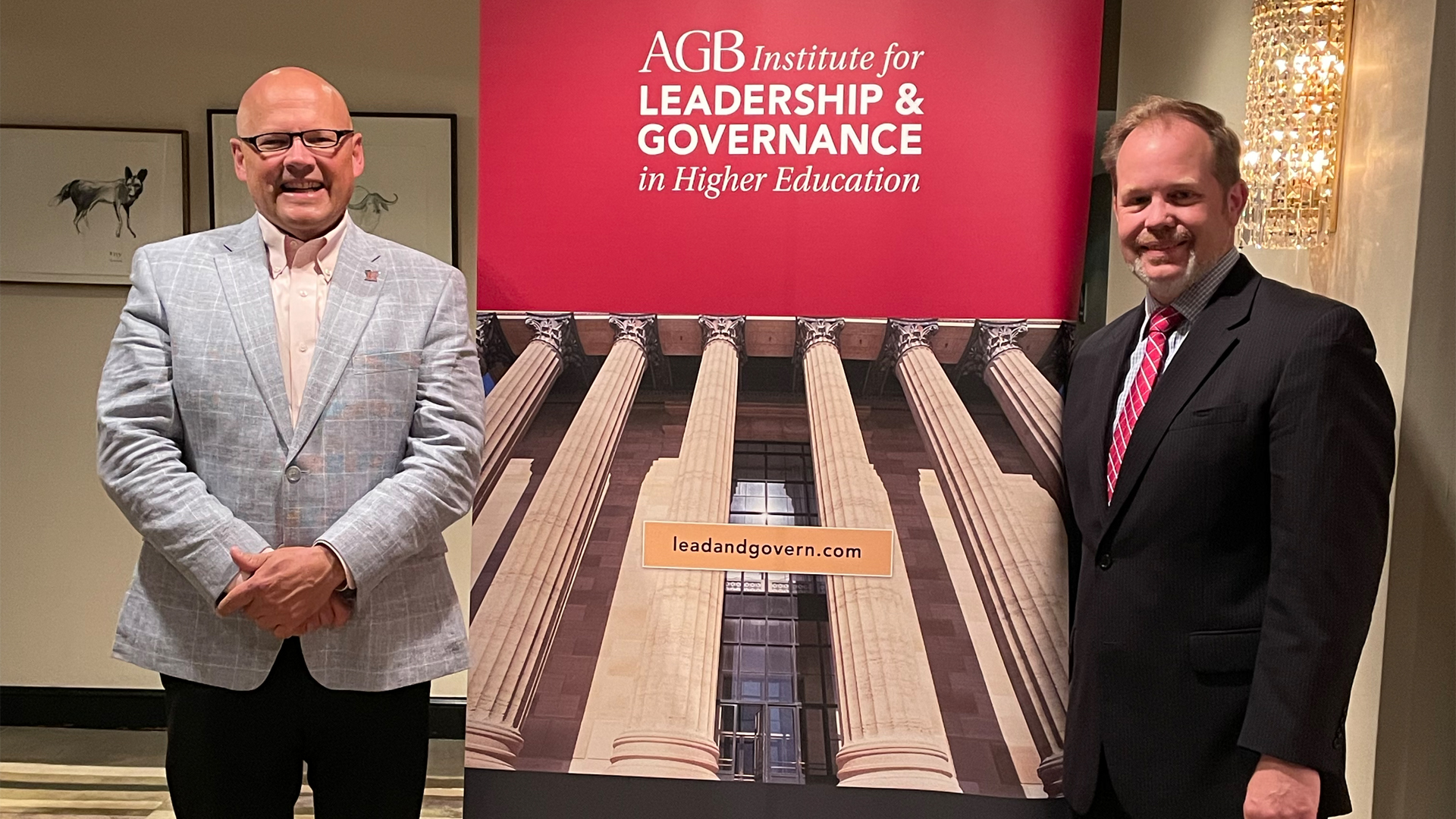Miami University and AGB partner to help diverse leaders break the glass ceiling


James M. Loy, Miami University
The glass ceiling is often very real, and it can stifle the careers of even the most accomplished and ambitious individuals.
This unfortunate reality is no different for those aspiring to become the future leaders of colleges and universities, especially if they come from diverse backgrounds.
“If your perception of higher education is that it’s led by aging white males, you’re right,” says Jason Lane, Dean of Miami University’s College of Education, Health and Society and noted expert on higher education leadership.
According to the American Council on Education, college presidents are still mostly white, male, and over 60-years-old. And fewer than one in five represent a racial minority.
There are some indications that diversification has increased in recent years, particularly among women. But these changes are happening slowly, and the contrasting changes in student diversity are drastically outpacing them.
“We are close to tipping into a minority-majority college student population,” Lane says. “That differs by institution. But nationally, some states are near 50-50 right now in terms of white/non-white student bodies. We need to ensure leaders are prepared for these changes and overcome the barriers that have led to a lack of diversity leadership roles.”
In an effort to break these barriers, Miami University has partnered with the Association of Governing Boards of Universities and Colleges (AGB) to advance an innovative program that is strengthening and diversifying the academic presidential pipeline.
“Miami University strives to infuse diversity and inclusive excellence into every initiative we conceive,” says Miami University President Gregory Crawford. “We are very excited to partner with AGB and support their mission to cultivate, educate, guide, and diversify higher education leaders.”
Last week, President Crawford and Dean Lane participated in the AGB leadership symposium in Washington D.C. They hosted a variety of workshops and sessions designed to help future leaders understand and overcome the many modern challenges facing higher education today.
“This is a vastly underserved space,” says Lane, who serves as the founding co-director of the AGB institute and has been responsible for several other national leadership development efforts in the sector.
“If you compare it to other employment sectors, where you have much more purposeful leadership mentoring and training, higher ed has not been as purposeful,” he explains. “And the leadership of higher education institutions is, frankly, one of the most challenging and important jobs in the U.S., and we need to do a better job of preparing individuals for those roles.”
The recent symposium in the district was just one part of the larger comprehensive 6-month Miami-AGB partnership program that’s known as “the definitive program for aspiring college and university presidents.”
As the co-author of Academic Leadership and Governance of Higher Education -- a book that will soon see a second edition in spring 2022 -- Lane helped design the program’s intensive 6-month curriculum. The program provides participants with additional online classes and interactive webinars, and one-on-one coaching and mentoring with current university presidents.
“It really is the only program that balances issues of leadership and governance, and when you look at who comes to this program, the diversity and talent is excellent,” Lane says.
Each year, a new cohort of fellows is chosen through a competitive process. Now in its third year, the program has already helped several fellows rise to a presidential level.
Previous fellows include University of Nevada, Las Vegas (UNLV) President Keith Whitfield, San Francisco State University President Lynn Mahoney, Alcorn State University President Felecia Nave, Owens Community College President Dione Somerville, and Molloy College President James Lentini, who previously served as Dean of Miami’s College of Creative Arts.
Next year, a fourth cohort will join the program and applicants seeking to become fellows can visit leadandgovern.com.
Together they will help break through a glass ceiling that can still inhibit the kind of forward-thinking and diverse perspectives essential to the success of 21st century teaching and learning.
“The vast majority of our current leaders came of age in an era when enrollments were expanding and resources were more plentiful,” Lane says. “And we are now beginning an age where traditional pipelines of students are drying up, and resources are becoming more scarce, and that necessitates a different way of thinking and leading.”

